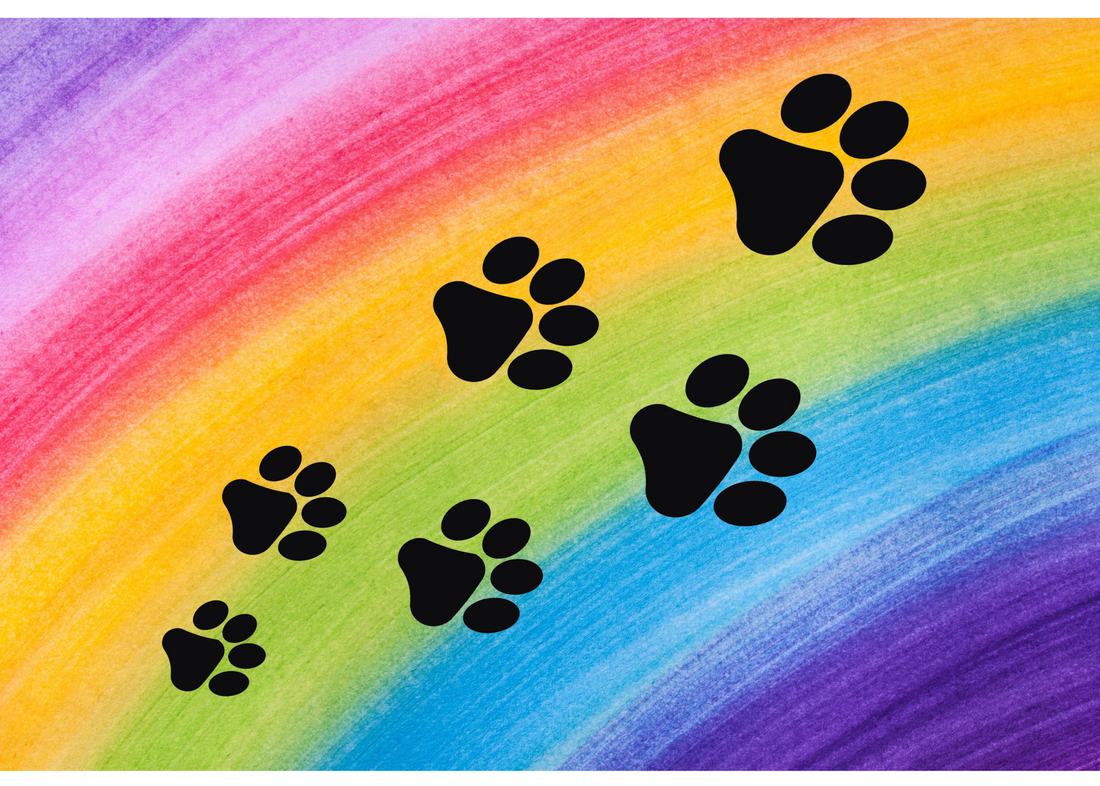The "Rainbow Bridge" poem holds a special place in the hearts of pet owners around the world. It offers comfort and solace to those grieving the loss of their beloved pets, painting a picture of a serene and joyful afterlife where pets are reunited with their owners. Despite its widespread popularity, the origins of the Rainbow Bridge poem are somewhat obscure, with multiple theories about its authorship and evolution.
The Rainbow Bridge poem first emerged in the 1980s, but its exact origins remain unclear. The poem has been widely attributed to various authors over the years, and there are multiple versions of the text circulating both online and in print. Several individuals have claimed authorship, and there are also suggestions that it may have originated as an anonymous or collaborative work.
One of the earliest known appearances of the poem was in the book "Petloss: A Thoughtful Guide for Adults and Children" by Herbert A. Nieburg and Arlene Fischer, published in 1982. However, the authors did not claim to have written the poem themselves, indicating that it was already in circulation at that time.
The Rainbow Bridge poem is a short narrative that describes a meadow, just this side of Heaven, where pets who have died wait for their human companions. It depicts a place of peace and beauty, where pets are restored to full health and vitality. The climax of the poem is the joyful reunion between pet and owner, who then cross the Rainbow Bridge together into the afterlife, never to be parted again.
The poem's appeal lies in its comforting message. It offers hope and healing to those who are mourning the loss of a pet by suggesting that their beloved animal friends are in a better place and that they will be reunited someday. The imagery of the Rainbow Bridge is both vivid and soothing, providing a sense of closure and peace.
Over the decades, the Rainbow Bridge poem has become a cornerstone of pet bereavement literature. It is commonly included in sympathy cards, memorial services, and pet loss support materials. Many veterinarians and animal shelters provide copies of the poem to grieving pet owners, and it is frequently shared in online communities dedicated to pet loss.
The poem has also inspired various adaptations and expansions. There are illustrated books, personalized versions, and even songs based on the Rainbow Bridge concept. Artists and writers continue to draw inspiration from the poem, creating new works that reflect its themes of love, loss, and reunion.
As a creator, it's important to check copyright and ownership of content before using it in your work. One of the most mysterious things about the poem is it's unknown authorship. Given its widespread use and the lack of a definitive author, the Rainbow Bridge poem has been the subject of some controversy regarding copyright and attribution. Various versions of the poem exist, some with slight variations in wording or structure. The lack of clear authorship has made it difficult to enforce copyright, leading to the poem being freely shared and adapted in many forms.
Several individuals and organizations have attempted to claim authorship or assert copyright over the years, but none have been conclusively verified as the original author. This ambiguity has contributed to the poem's status as a kind of modern folklore, belonging to the collective consciousness of pet lovers everywhere.
The Rainbow Bridge poem has touched countless lives with its message of hope and reunion. While its exact origins may never be known, its impact is undeniable. It provides comfort to those grieving the loss of a pet and has become a beloved part of pet loss culture. As long as people continue to cherish their animal companions, the Rainbow Bridge poem will endure as a symbol of the eternal bond between pets and their owners. Check out our Rainbow Bridge and other memorial frames to commemorate your beloved pet.

